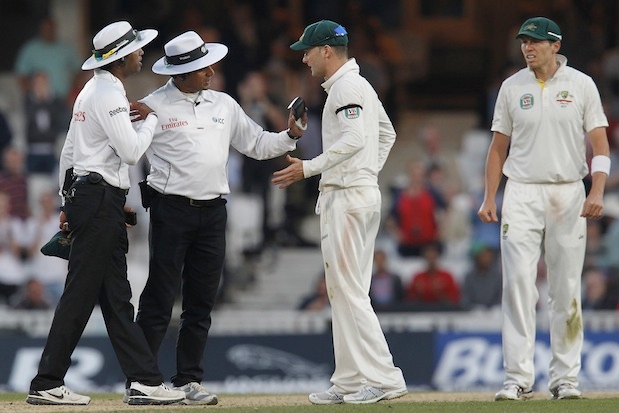Those of us who watched the last day of the final Ashes Test of the present series enjoyed a rare and unexpected treat — and I write as one who has been a devoted cricket follower for more than 70 years: the first first-class match I ever saw was the Royal Navy playing the Army at Lords in 1942.
There has, however, been much controversy over the anti-climactic ending, when the umpires decided to call it a day, on grounds of bad light, with England on the brink of victory. Much has been said about how this sort of disappointment must be avoided in future. In fact, the remedy is obvious. It is twofold.
First, Test matches should start much earlier in the day than they do at present. Even when there are no rain breaks, today’s slow over rates, exacerbated by far too many petty interruptions of play, mean that the scheduled playing time is regularly exceeded. And rain breaks serve only to make the matter worse. Since the light is always fine in the morning, but liable to deteriorate in the early evening, the remedy is clear.
In the second place, the present rule that it is the umpires who make the unfettered judgment on any given day when to decide that the light is too bad for play to continue. But there is a catch: once the umpires have taken players off for bad light at any point in a game, they lose their discretion, and must do so again whenever the light dips to the same level. That has consequences which have not been fully thought through. To be precise, the umpires need to be told that, when judging for the first time whether to call the players off for bad light, they should make their decision on the basis of whether, if this were the last day of the match and a result seemed imminent, they would judge it necessary to suspend play.








Comments
Join the debate for just £1 a month
Be part of the conversation with other Spectator readers by getting your first three months for £3.
UNLOCK ACCESS Just £1 a monthAlready a subscriber? Log in